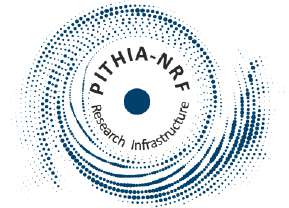Solar prominences are clouds of charged particles ("plasma") above the solar surface squeezed between magnetic regions of opposite magnetic polarity. Being cooler and denser than the plasma underneath and their surroundings, they appear as bright blobs when seen near the solar limb and as dark lines when seen on the solar disk (then they are called "filaments"). Special filters are required to observe these features, such as in the Hydrogen-alpha (H-alpha) line in the red part of the solar spectrum, or in some extreme ultraviolet (EUV) passbands.

Two spectacular eruptions took place last week. On 14 July, there was a prominence eruption near the Sun's southwest limb, followed by a filament eruption from the northeast solar quadrant a day later. The eruptions can be seen in the wide-field EUV imagery by GOES/SUVI above (still). The second eruption showed long ribbons parallel to the original position of the erupted filament on both the east and west side, an effect of the reconnection higher up in the solar atmosphere. The charged particles get accelerated towards the denser inner solar atmosphere, where they collide with other particles, heat the local chromospheric environment and make it evaporate. The footpoints of some faint coronal loops can be seen embedded in the expanding disturbance, as shown in the annotated still combining SUVI 304 (orange) with SUVI 171 (green) imagery (see this STCE newsitem for more info and another example). The length of the ribbons is at least 350.000 km -about the distance between the Earth and the Moon- and are often dubbed a "canyon-of-fire". The coronagraphic images (SOHO/LASCO C2) below show the associated coronal mass ejections (CMEs) which had plane-of-the-sky speeds around 400-500 km/s. They were not directed to Earth. The clip shows some other CMEs, but they are related to eruptive activity at or behind the solar limb.






